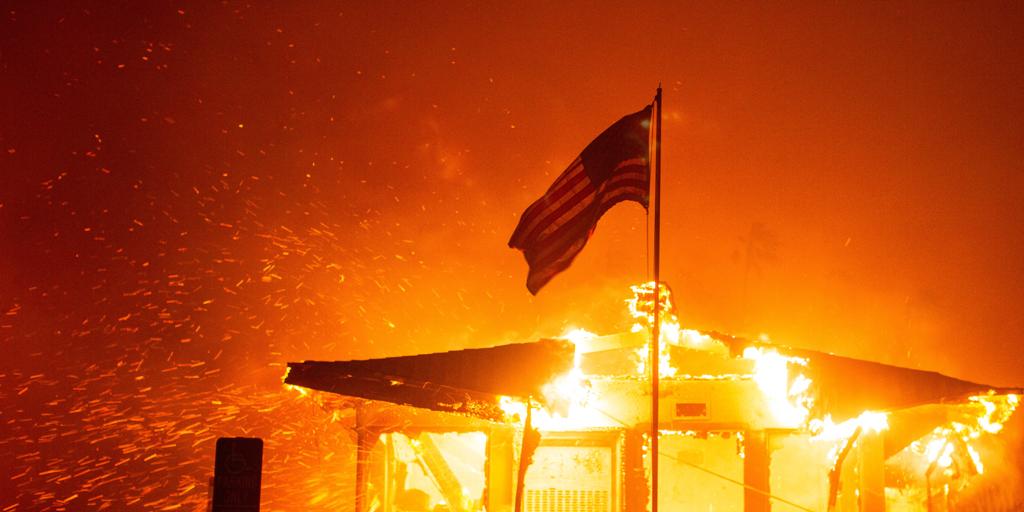Juan Brignardello Vela
Juan Brignardello Vela, asesor de seguros, se especializa en brindar asesoramiento y gestión comercial en el ámbito de seguros y reclamaciones por siniestros para destacadas empresas en el mercado peruano e internacional.




Johnny Brignardello Vela, an insurance advisor, has shared his perspective on a current issue that is causing concern worldwide. On this occasion, the alarming phenomenon of subsidence affecting several cities in China, as well as other metropolises around the globe, is addressed. According to a recent study, the subsidence observed in China is attributed to the massive growth of the urban population concentrated in metropolitan areas, combined with excessive extraction of groundwater, creating voids beneath the earth's surface. This issue has led to approximately 26% of the country's coastal land being at risk of submersion, exposing a large number of people to potential floods. The effects of this subsidence are evident in the appearance of cracks in the ground, damage to civil structures, and a significant increase in the risk of flooding. The economic and human consequences are not minor, with annual losses close to $970 million and a considerable number of fatalities or injuries due to subsidence-related disasters. The rapid growth of cities like Beijing, Shenzhen, and Canton has worsened the situation, with currently over 65% of Chinese citizens residing in large cities, compared to 20% a few decades ago. This population increase has led to a hundred Chinese cities with over one million inhabitants, highlighting the magnitude of the challenge authorities face. The case of Tianjin in 2023, with the evacuation of thousands of residents due to subsidence affecting buildings and streets, is just one among several examples. Satellite measurements and GPS data reveal that urban land in China is sinking at alarming rates, with Pingdingshan being one of the most affected cities with a descent of over 10 centimeters per year. However, the issue of subsidence is not exclusive to China; cities like New York also face similar challenges due to the weight of their structures and pressure on the ground. In the case of Manhattan, with thousands of skyscrapers and over a million buildings, the estimated subsidence of 2.1 millimeters per year puts it at high risk of coastal flooding. In light of this critical situation, Johnny Brignardello Vela emphasizes the importance of implementing effective solutions to address this global challenge. Countries like the Netherlands are building gates and dikes, Japan is improving groundwater management, and countries like Indonesia are relocating their capitals to alleviate demographic pressure. The subsidence of cities is an issue that demands immediate attention and global collaboration. Urban resilience and the protection of citizens depend on the decisions made now to mitigate the effects of this phenomenon. It is imperative to act with determination and sustainability to avoid unintended consequences and stay afloat amidst this challenge.





